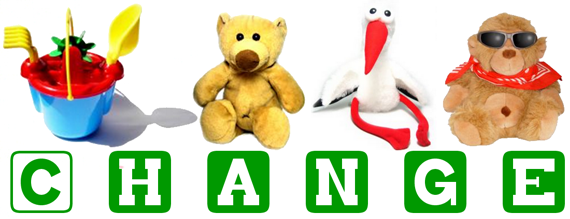Early Intervention Menu

Transitions are the changes in activity, location, mood, tempo, etc. that happen as we go through life. They can be big, like moving or starting day care, or small like:
- Waking, getting up, dressing, going to bed or down for a nap.
- Coming in from outside or stopping other play activities to eat, etc.
- Going to or leaving day care.
- Trips, outings, errands.
- Surprises, disappointments, and changes in plans or routines.
Consider your child's needs and temperament when planning transitions. For example, plan quiet, "wind-down" activities before bedtime, and exercise between periods of sitting still. Remember that transitions are harder for some children than others. Transitions are easier for any child if:
- There is a predictable routine.
- The child is forewarned about transitions, especially if not part of the usual routine.
- The number of transitions is limited.
- The child isn't rushed and can finish what she's doing.
- You empathize with his feelings about hard transitions and praise any progress.
Some little tricks to smooth transitions include:
- Warnings a few minutes before a transition, e.g. "five more minutes and we'll have to clean up."
- Picture schedules, timers, a bell or other signal, or a special song, like "Clean up."
- Finding a good stopping point, e.g. "do it 3 more times." "After this program--."
- Little set routines like bath, pajamas, brushing teeth, book, and hug at bedtime.
- Using imagination to make transitions fun, like pretending to fly or swim to the car.
